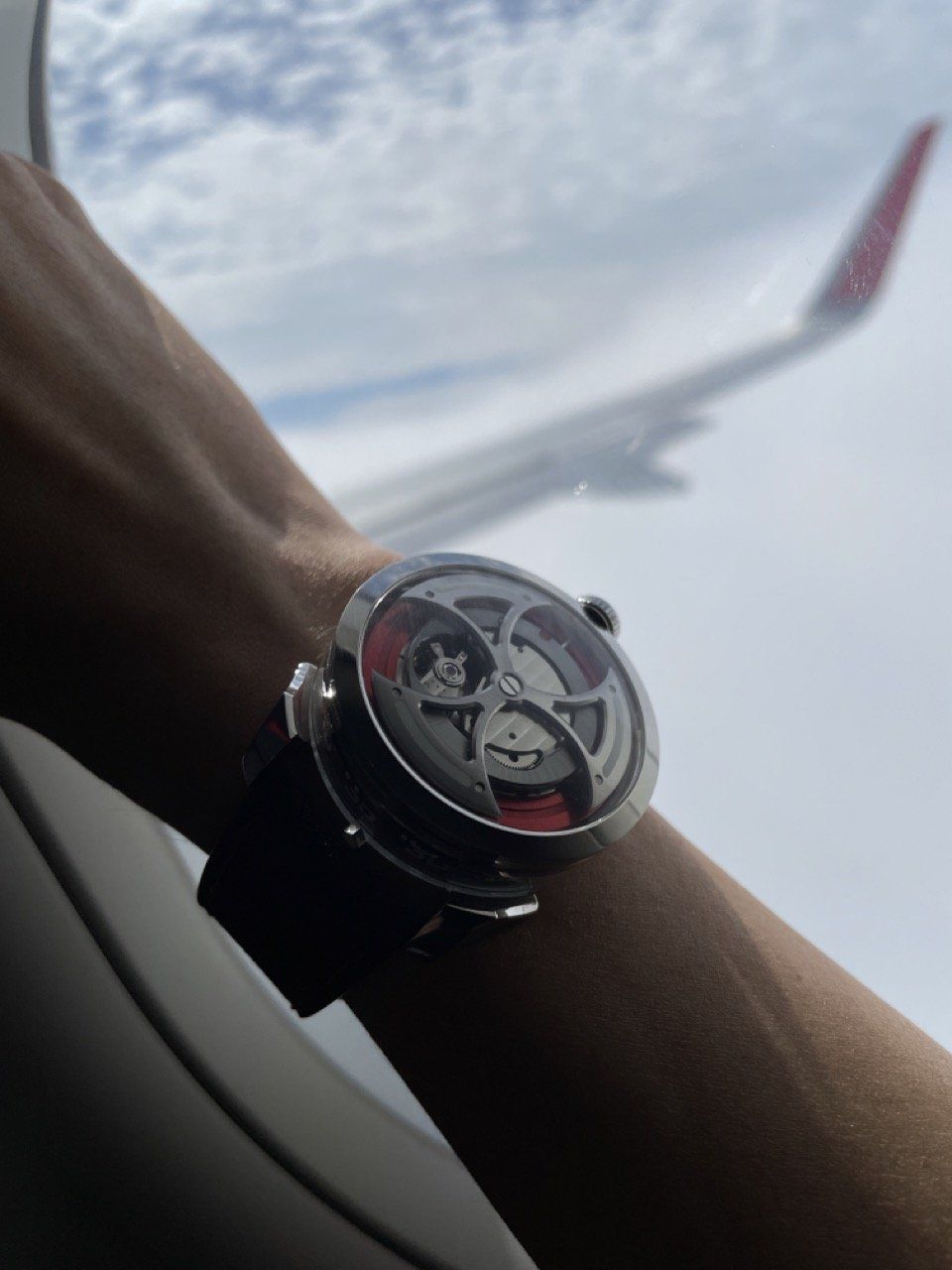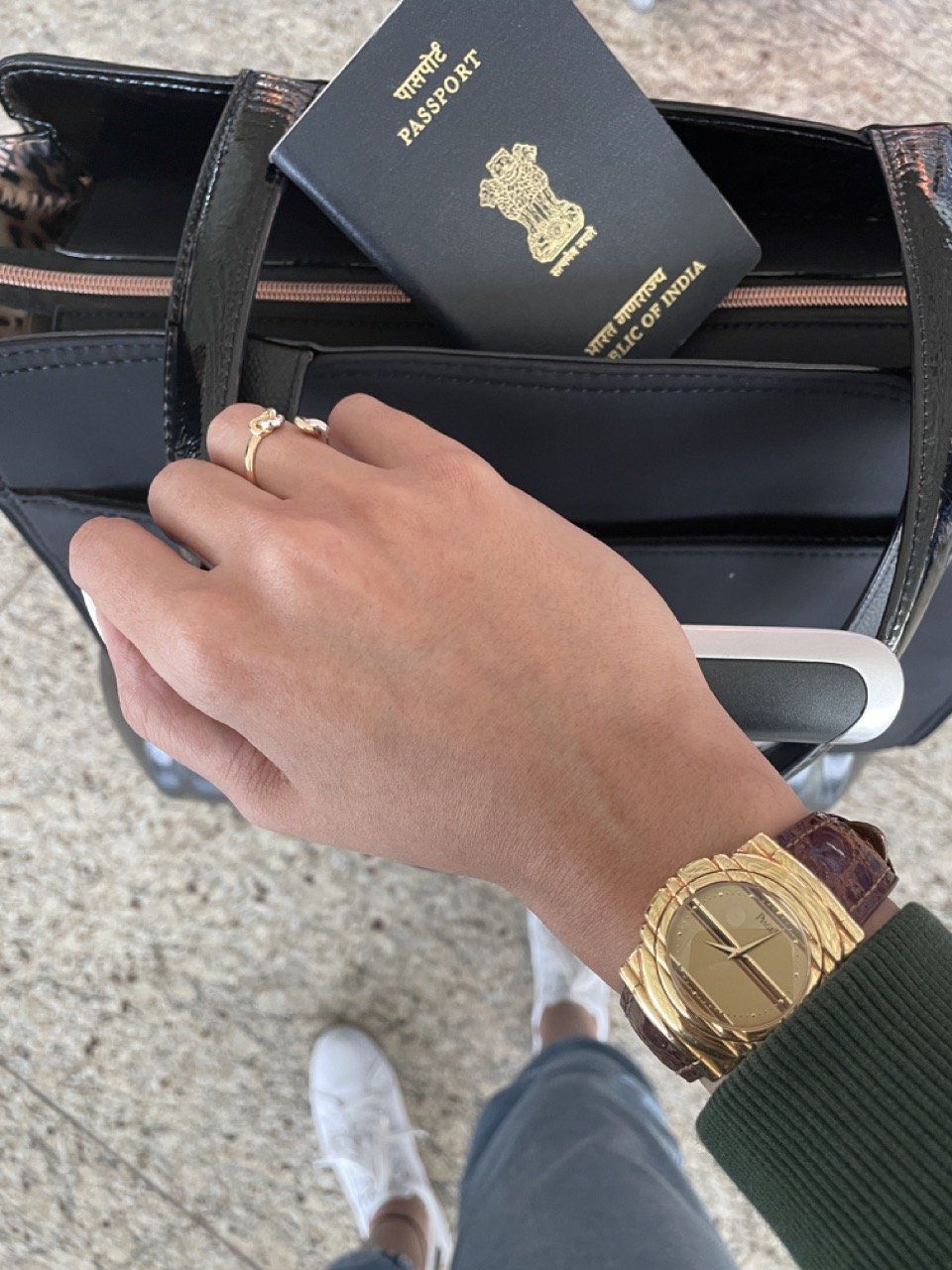Your Mini-Guide On How To Travel With Your Watches To Switzerland!
With the arrival of summer comes the possibility of vacation in Switzerland or maybe this time around a trip to the highly anticipated Watches and Wonders 2023. Switzerland also happens to be a major player in the global watch industry, which is a happy coincidence. How can we avoid paying excessive import taxes and value-added taxes on timepieces? Are you planning to take your humble companion to the show?
The watch community is still split on whether or not high-end timepieces are safe to bring on a plane. There are three prevalent viewpoints, which can be summed up as follows: it is extremely dangerous; do not attempt; it is perfectly safe; travel anywhere with it, and most destinations are safe with some common sense and precaution.
In most cases, you can bring your favorite luxury watch with you almost anywhere in the world if you just use common sense and a few simple precautions. The best way to avoid fines, penalties, and public humiliation in these nations is to arm oneself with knowledge and education.
But before we get into the technicalities, let’s look at the ground rules to keep your watches safe.
Buy A Watch Roll
The process of deciding how to house your growing collection of timepieces is surprisingly entertaining. While there is no shortage of stunning display cases, many of them are simply too cumbersome to bring along on a trip. Invest in a watch roll to protect your watches from getting scratched while traveling. Not only will your belongings be compact and secure, but you'll also have a great time opening, closing, and packing this device. When packing for a trip that will require you to wear a watch, you should definitely invest in a roll and keep it in your carry on luggage.

Instagram: @fenil_tp
Opt For A GMT Watch
A standard GMT watch allows you to set two different times, one on the inner dial and one on the outer bezel or dial. These watches are great because you can track time in two time zones at once. Travelers will appreciate this tool greatly because constant alterations are annoying.
Think About Getting Coverage
To protect your prized timepieces, you can do one of two things. The first is insurance that can be purchased for your trip that will protect you from things like illness and theft. However, watch owners may find that this service falls short of their needs. The reason for this is that insurance policies of this type typically have coverage caps. These sums are obviously not enough for a luxury watch collector. The second choice, jewelry insurance, is recommended for those who own expensive jewelry and is offered by most major insurance companies.
Use A Smart Tag
Apple offers a smart tag device which can be placed in your watch case or Watch roll. If it leaves your vicinity you’ll be alerted.
Use A Hotel Safe
When traveling abroad, always use the hotel safe. This way all your valuables can be kept under lock. Also, roaming around with flashy belongings can attract trouble for you. Hence, leave your watches under lock.
While all these tips are easy to follow, let’s now look at some of the legal implications!
What are the standard rules you must follow?
The process of clearing customs in any country can be complicated if you aren't honest about the goods you are importing or exporting. If the country produces the watch brands you are "trafficking," then the situation becomes even more complex.
All watches and jewelry must be declared as the first rule. As a general rule, all items must be declared upon entry. You can do this at the border before entering the country, or even before you leave your house.
The next step is to learn the local declaration laws. Don't forget to bring your airport purchases, such as a watch from a boutique or official vendor. Even though you're only the "mule" in this scenario, gift items are also on the list.
Keep in mind that duty-free only prevents you from paying taxes in the country where you make the purchase. Nonetheless, you may still be required to pay customs fees when re-entering the country of your citizenship. It's true.
Of course, you must always report purchases made with the commercial goal of resale or use in a trade or business. Gold is considered a declared item in several countries. The material composition of your new wristwatch. Just say it.
Being truthful and open when questioned is another policy that may be difficult to accept, especially after a 14-hour flight that lands at 1:00 in the morning. Get over it and try to be pleasant.
The customs officers must perform their duties. It's better if you don't say much. The best responses are yes or no questions. The customs officers just want to get you through the process and on your way so they can move on to the next customer.
Perhaps not even opening your bag will be necessary. Put nothing in there that you wouldn't mind showing customs officials just in case. Those people know what they're doing. Those people can spot the newest Patek Philippe timepiece from across the lobby. You can be sure that if they ask for your credit card, they will run it to check your purchase history.
What an embarrassment it would be if your brand-new watch was on your wrist but not on your declaration form. Not to mention the time and effort spent trying to sort out this simple misunderstanding and the ensuing fines and duties that result. And this is all while your [infuriated] loved ones wait for you to be released from jail.
Traveling to Switzerland? Here’s what you should know:
The first step in avoiding unexpected charges for duty and VAT at airports and borders is learning which brands are made in each country. Bringing in a brand that isn't made in the country you're entering gives you more legal leeway.
It was reported that Swiss Customs officials rummaged through bags at Baselworld 2019 and "discovered" undeclared watches that had been the owners' for years. Import duties and value-added taxes were sometimes applied to these upon entry to and departure from the country. Agents at the border tried to assess duty on vintage watches despite not knowing what the watches were worth.
Here's the lowdown on Swiss Customs so you can avoid any unnecessary hassles.
1. As far as customs apps go, QuickZoll is the universal tool.
The Swiss government endorses tourist traffic to use the QuickZoll app for customs clearance. It's cost-free, and it works with both iOS and Android. Whether you're bringing something back for personal use or as a gift, QuickZoll can help you get it through customs. They can settle up with the government in the app, including for any duties and taxes that may be due. QuickZoll also provides a concise summary of the information you'll need to enter Switzerland.
All Swiss border crossings allow personal goods that have been declared and/or cleared using QuickZoll.
2. Trade regulations
See www.ch.ch/en/swiss-customs for information on Swiss border regulations.
The maximum amount that can be spent on a single trip without paying VAT is CHF 300. If you spend more than CHF 300, you'll have to pay VAT on the full amount, instead of just the first CHF 300. While visiting Switzerland, you are permitted duty-free importation of personal effects. A single watch to keep track of time during the day is probably included in this.
If you import multiple timepieces, you may have to pay customs duty and sales tax when you leave the country. Since "who needs more than one watch if they don't intend to sell it as a commercial good?" may be on the minds of border patrol agents, this is a reasonable concern.
3. Pre-arrival Product Declaration in Switzerland
Any timepieces must be declared upon entering and leaving Switzerland. It includes the watch you're wearing right now and any antique timepieces you've collected over the years. Import duties may be assessed if this declaration is not made.
If the customs officer suspects that you are importing commercial goods for sale, but you fail to declare a watch (or multiple watches), you will be charged a fine of CHF 1,500 plus 7.7 percent VAT.
This is especially true of vintage items. In the absence of the original receipt, the Swiss customs authorities will establish a fair value. In most cases, customs agents won't have a firm grasp on the market value of a vintage timepiece. Quick internet searches and even eBay auction prices have been told to me.
If you're bringing watches into Switzerland, it's best to do so with the original purchase receipt. Both the watch case and the receipt should display the same serial number. If you have lost your receipt, the guarantee card should be your next best bet, as it will show that the serial number on the card matches the one on the watch.
4. Receipt of the Value-Added Tax That Was Already Paid
It's possible to apply for a VAT refund in Switzerland if you imported watches and were charged VAT or if you bought something in Switzerland and paid VAT. This is made more difficult by Swiss customs regulations.
The process of claiming a VAT refund is complicated and requires careful attention to detail. A list follows:
If you brought in a watch that you already own, you probably estimated its value in your local currency. To use it, you must first convert it to Swiss francs (CHF). Using the correct exchange rate when filling out forms and assigning values to your watches is essential for this. If an import tax liability has arisen, the exchange rate used should be the spot rate as of the last business day before the liability arises. To back up your calculations, you may want to keep hard copies of the spot rate reports with your other project documentation. You might get a chance to show off your skills.
If the watches have already been imported and declared as commercial goods, you will need to fill out export forms to obtain a computer-generated export code.
Customs agents at the Swiss border will double-check your watches to make sure they match the ones you declared and paid import duty on before you can get your money back. This might be more difficult than it seems at first glance. Accepting that the watches you are exporting are the same ones you imported and are requesting a VAT refund on would not be financially beneficial for Switzerland. All receipts and serial numbers should be identical for best results.
If Swiss customs officials believe you when you say you're sending back the same watches you brought in, you'll need to write them a letter explaining that you already owned the watches before entering Switzerland, paid the fine and VAT, and are now requesting a refund.
Someday, if you're extremely fortunate, you might get your VAT money back. But you shouldn't hope too much. If you are taking commercial goods from Switzerland to another European country, you should be aware that many of them will be subject to import taxes, such as Germany's 19 percent. Don't throw away your paperwork, receipts, and matching serial numbers just yet; you'll need them for the declaration and proof process again.
Well, now you know how to travel with your watches stress-free. And in case you forget, bookmark this mini-guide to smoothen the process!
No articles found













